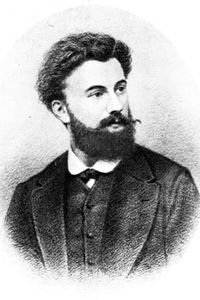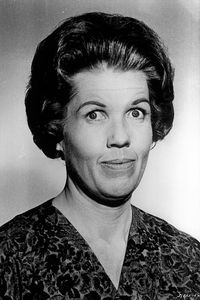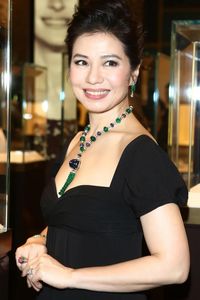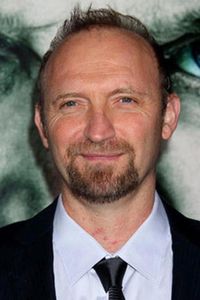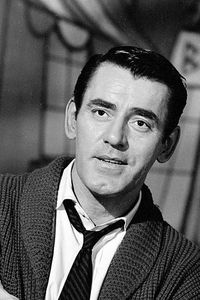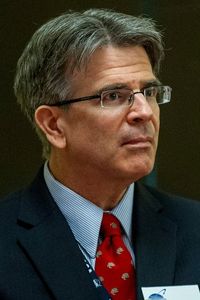Charles-Émile Reynaud, a trailblazing French inventor, revolutionized the art of animation and filmmaking through his groundbreaking innovations, leaving an indelible mark on the world of motion pictures. Born on December 8, 1844, Reynaud's remarkable life was marked by his unwavering dedication to pushing the boundaries of what was thought possible, culminating in the development of the praxinoscope, a pioneering device that built upon the principles of the earlier zoetrope, and was subsequently patented in 1877.
The trailblazing efforts of this pioneering individual in the realm of animation culminated in the revolutionary creation of the very first projected animated films, which made their world debut on a momentous day, October 28, 1892, in the City of Light, Paris.
This momentous achievement served as a significant turning point in the evolution of film technology, heralding a new era of innovation and artistic expression.
Reynaud's Théâtre Optique film system, a groundbreaking innovation in the realm of motion pictures, holds the distinction of being the earliest recorded instance of film perforations being utilized, a crucial development that laid the foundation for the evolution of film as we comprehend it in the present day.
Reynaud's remarkable performances, a pioneering achievement in the realm of visual storytelling, preceded the inaugural paid public screening of the cinematographe by the visionary brothers Auguste and Louis Lumière, which remarkably took place on December 26, 1895, an occasion often celebrated as the dawn of cinema, marking a significant milestone in the evolution of the art form.
